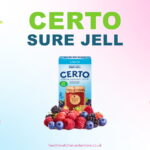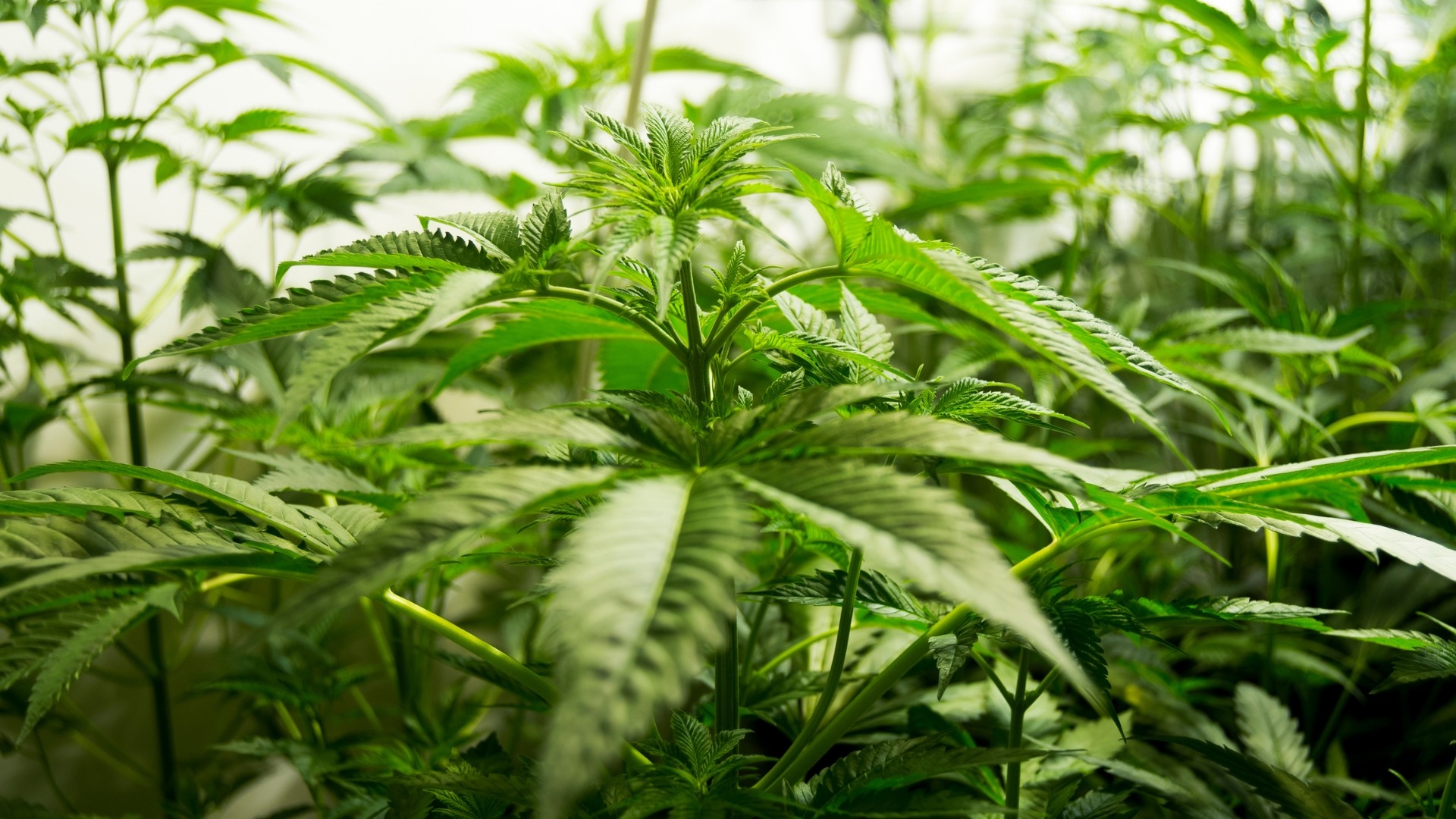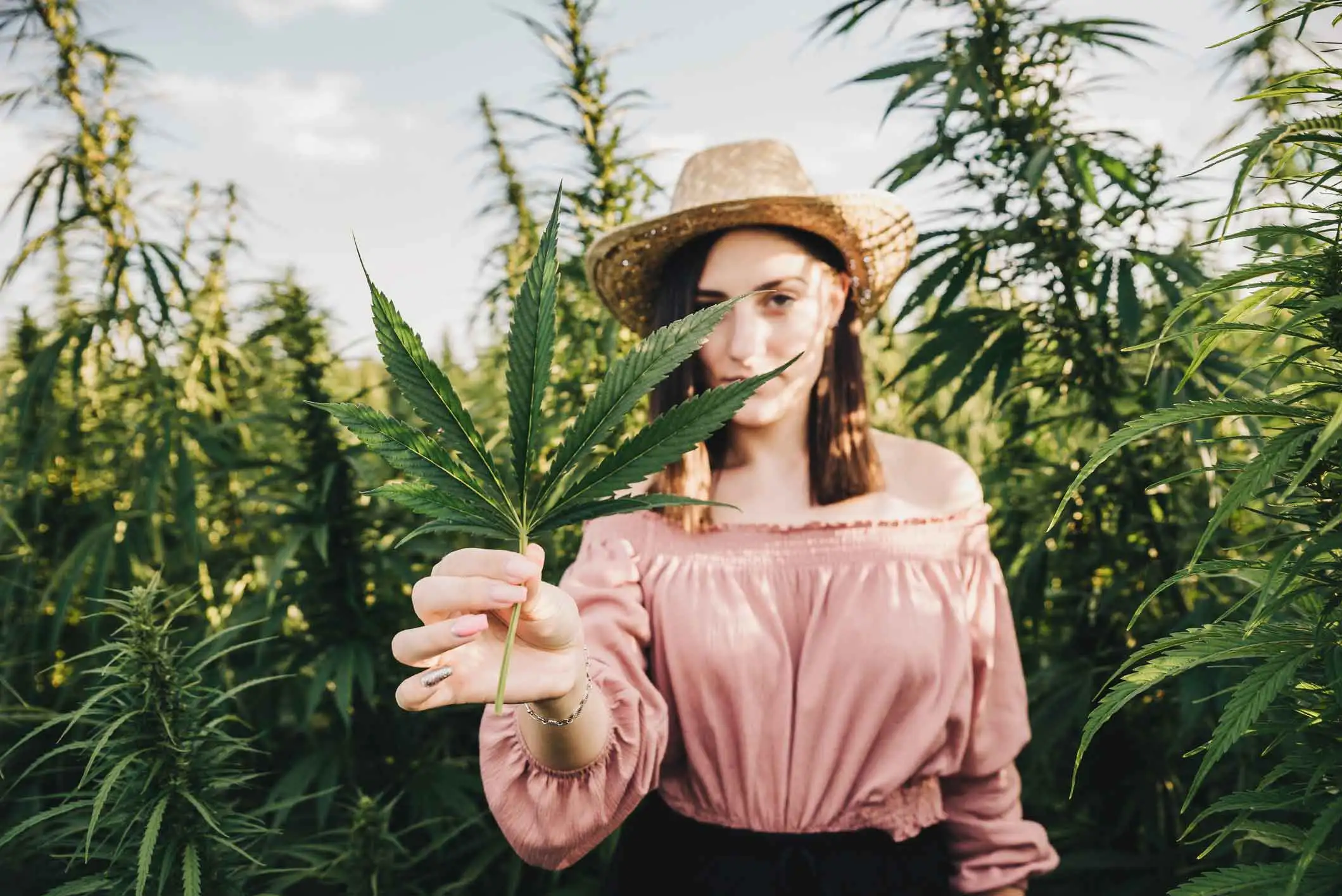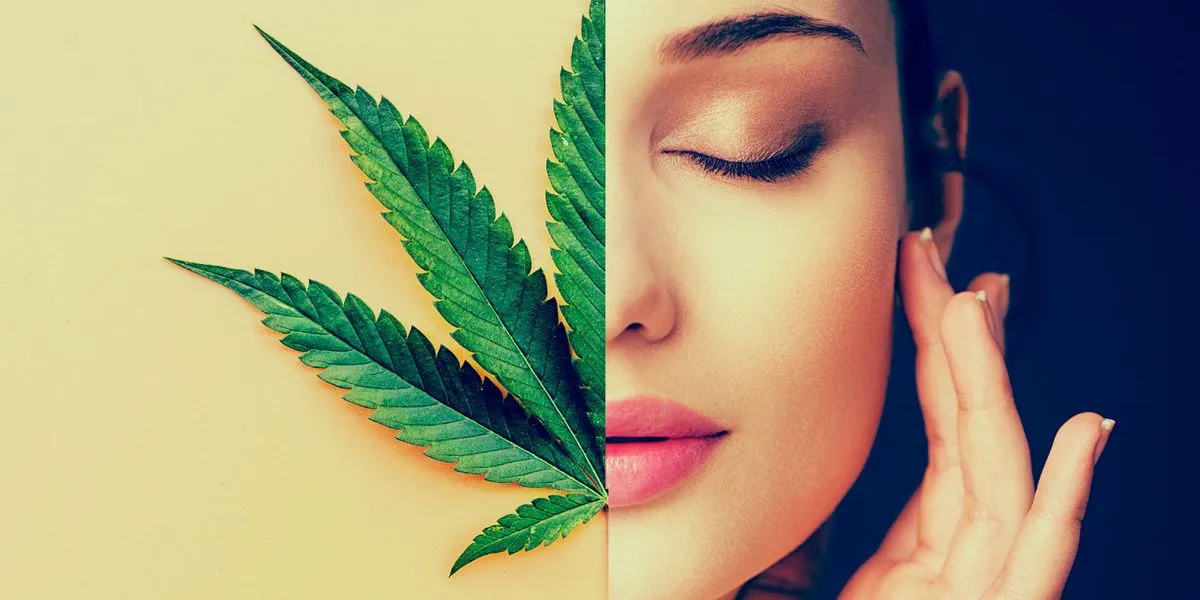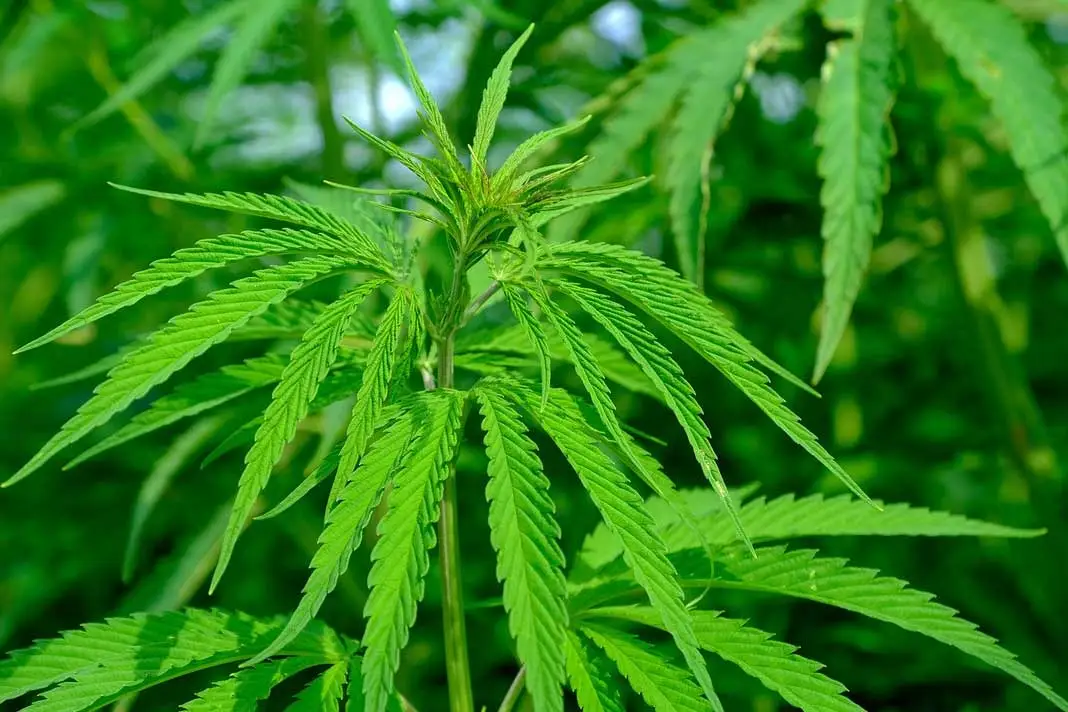Marijuana, also known as cannabis, is a widely recognized plant that has gained significant popularity in recent years. With the increasing acceptance and legalization of marijuana in various regions, understanding different forms of marijuana has become essential.
This article aims to provide a comprehensive guide to the various forms of marijuana available today, including their benefits, usage methods, and potential risks.
Forms of Marijuana
1. Marijuana Flower a form of Marijuana
The marijuana flower, also known as the bud or cannabis flower, is the most recognizable and traditional form of marijuana. It consists of the dried, cured, and harvested female flowers of the cannabis plant. The flower contains cannabinoids, including THC (tetrahydrocannabinol) and CBD (cannabidiol), which are responsible for its psychoactive and therapeutic effects. The flower can be smoked, vaporized, or used for making edibles, tinctures, and topicals.
2. Concentrates a form of Marijuana
Marijuana concentrates are highly potent products that contain high levels of cannabinoids. They are created by extracting the resinous trichomes from the cannabis plant. Common types of concentrates include hash, kief, shatter, wax, and oil. Concentrates are usually consumed by vaporization or dabbing. They offer a more potent and immediate effect compared to traditional flower consumption. However, due to their high potency, beginners should approach concentrates with caution.
3. Edibles a form of Marijuana
Edibles are food and beverage products infused with cannabis extracts or oils. They provide an alternative method of consumption, particularly for individuals who prefer not to smoke or vaporize. Edibles offer a discreet and convenient way to consume marijuana. Popular forms include gummies, chocolates, cookies, brownies, and beverages. It’s crucial to note that edibles take longer to take effect compared to smoking or vaporizing and can have a more potent and prolonged impact.
4. Tinctures a form of Marijuana
Tinctures constitute liquid cannabis extracts typically based on alcohol. Users consume them sublingually by placing a few drops under the tongue or by incorporating them into food and beverages. Tinctures provide precise dosing and faster onset compared to edibles. They are a common choice for medical purposes, offering users a discreet and convenient option.
5. Topicals a form of Marijuana
Users apply topicals, which are cannabis-infused products, directly to the skin. They come in the form of lotions, balms, creams, and oils. Topicals are primarily used for localized relief from pain, inflammation, and skin conditions. They do not produce psychoactive effects, making them an attractive option for individuals seeking therapeutic benefits without the euphoric high associated with other forms of marijuana.
6. Transdermal Patches a form of Marijuana
Transdermal patches resemble topicals but deliver cannabinoids through the skin and into the bloodstream. T
hey provide a controlled release of cannabinoids, ensuring long-lasting effects. Users commonly employ transdermal patches for pain management, as they offer a discreet and consistent consumption method.
Understanding the various forms of marijuana is crucial for both recreational and medicinal users. From traditional flower consumption to concentrates, edibles, tinctures, topicals, and transdermal patches, each form offers unique benefits and methods of consumption.
It’s essential to consider personal preferences, desired effects, and dosage guidelines when choosing the most suitable form of marijuana. As always, it’s advisable to consult with a healthcare professional or a knowledgeable budtender to ensure safe and responsible usage.
Remember to adhere to local laws and regulations regarding marijuana usage, as legalization varies across different jurisdictions.






